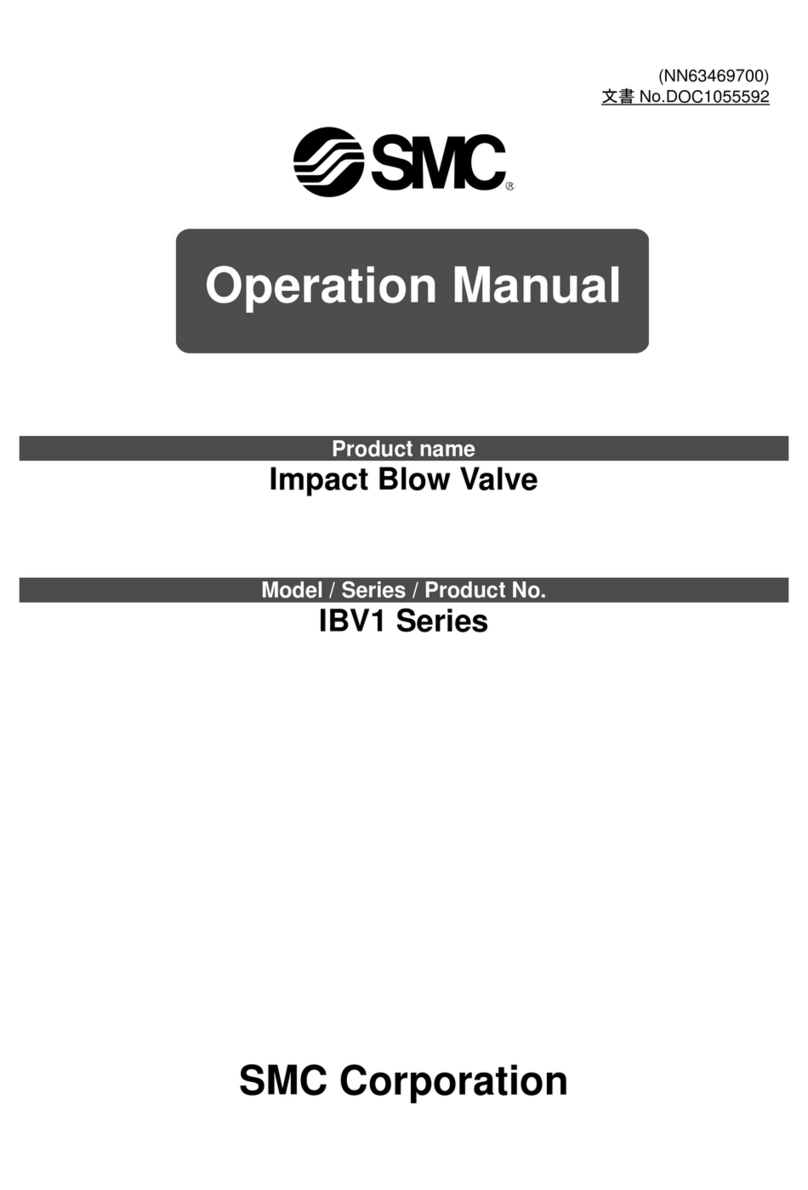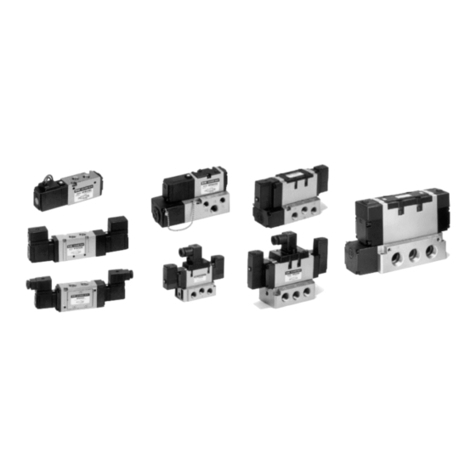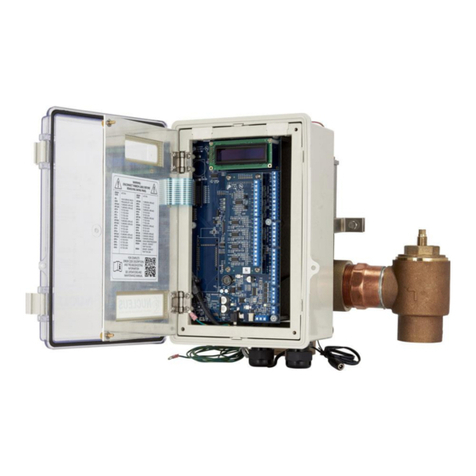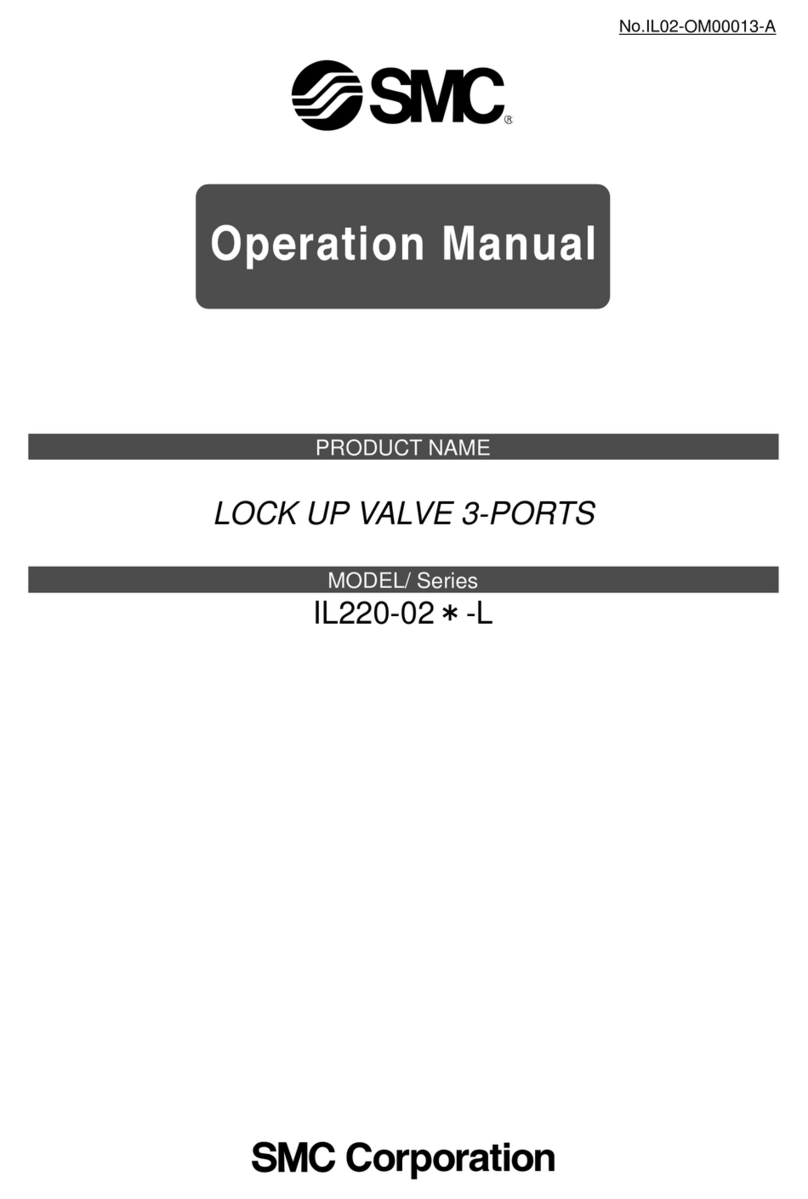SMC Networks AV2000 User manual
Other SMC Networks Control Unit manuals
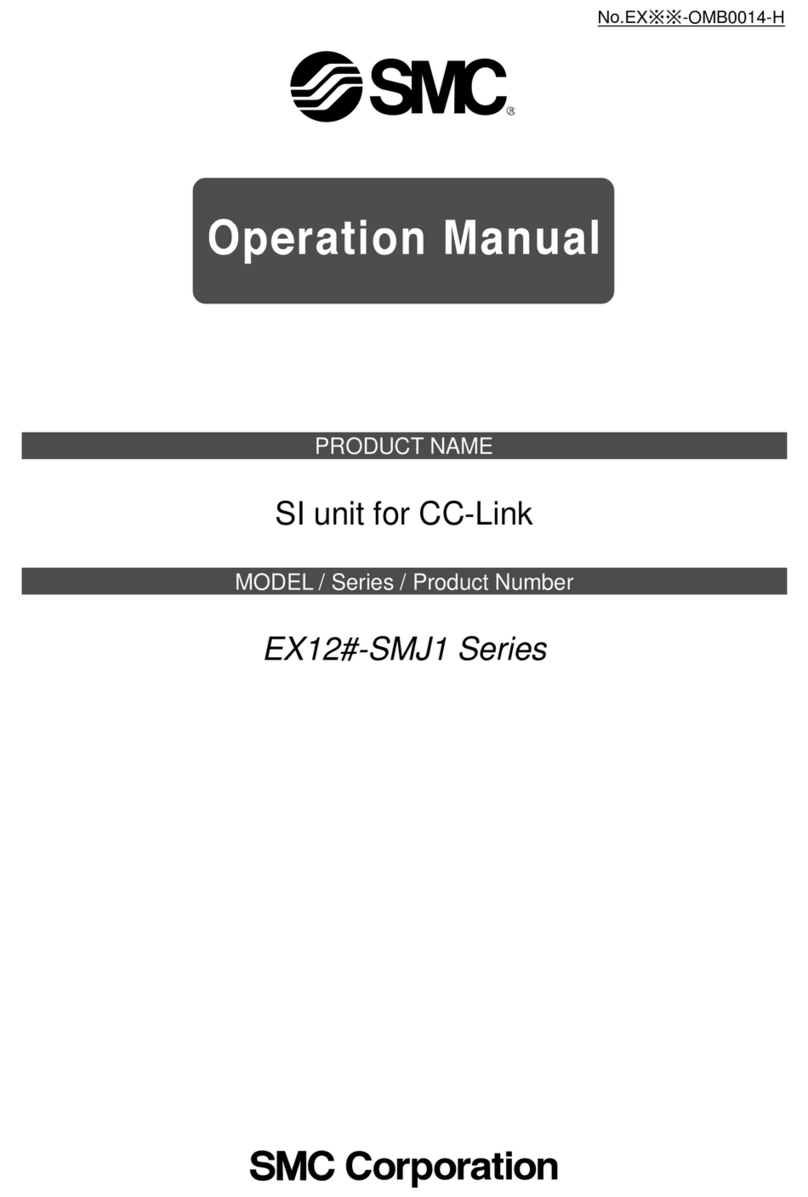
SMC Networks
SMC Networks EX12 SMJ1 Series User manual
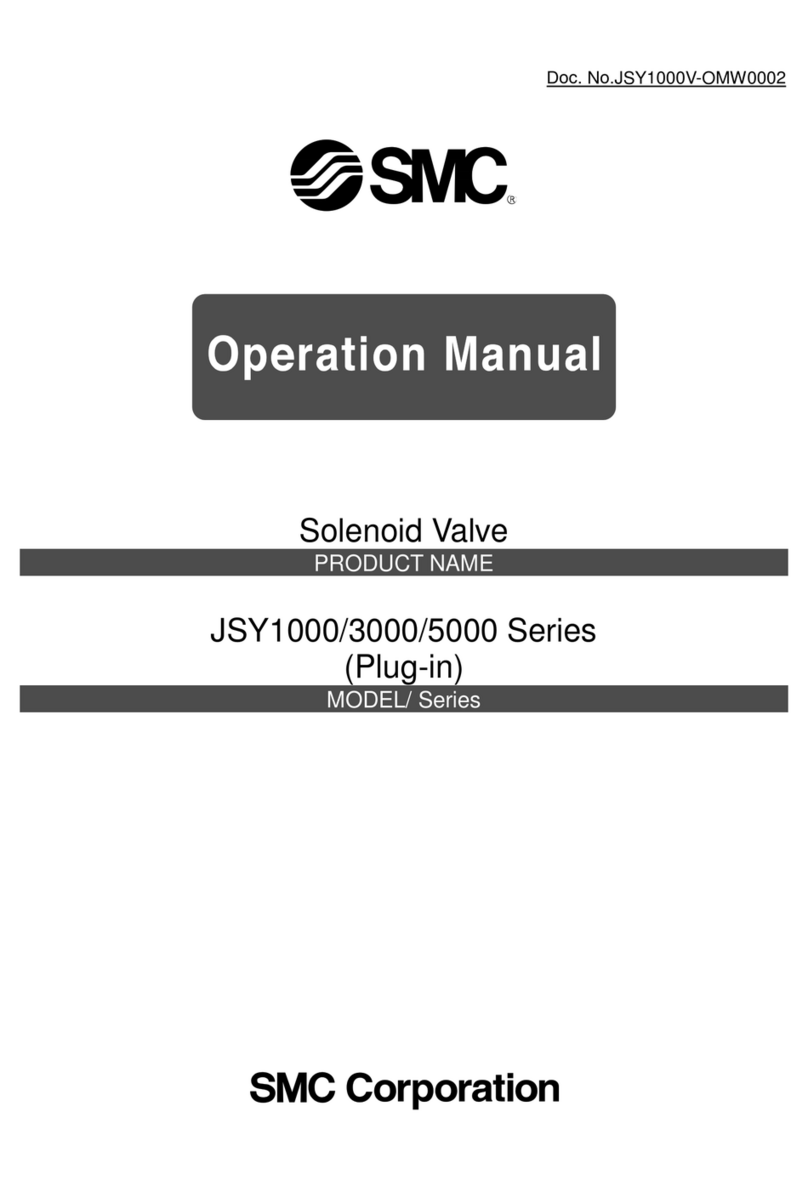
SMC Networks
SMC Networks JSY1000 Series User manual
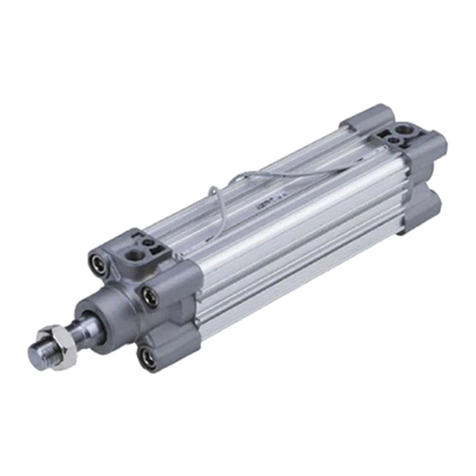
SMC Networks
SMC Networks CP96 Series User manual

SMC Networks
SMC Networks VM100-A Series User manual
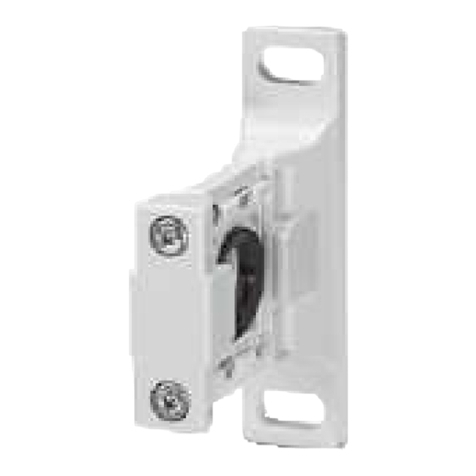
SMC Networks
SMC Networks VHS20 Series User manual
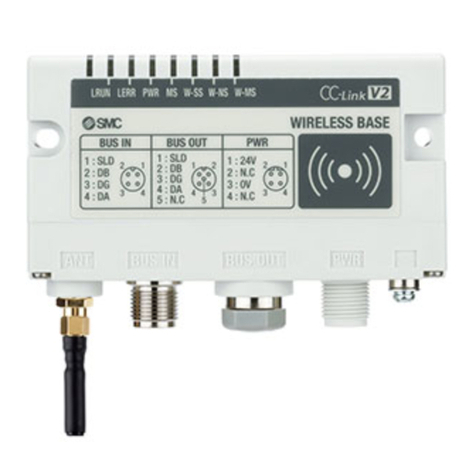
SMC Networks
SMC Networks EXW1-RDX# Series User manual
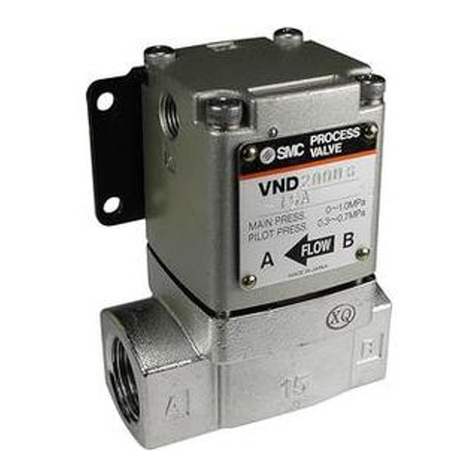
SMC Networks
SMC Networks VND Series User manual
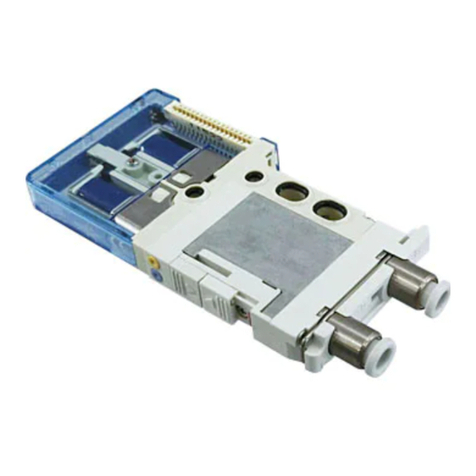
SMC Networks
SMC Networks SJ2000 Series User manual

SMC Networks
SMC Networks DXT1215 User manual
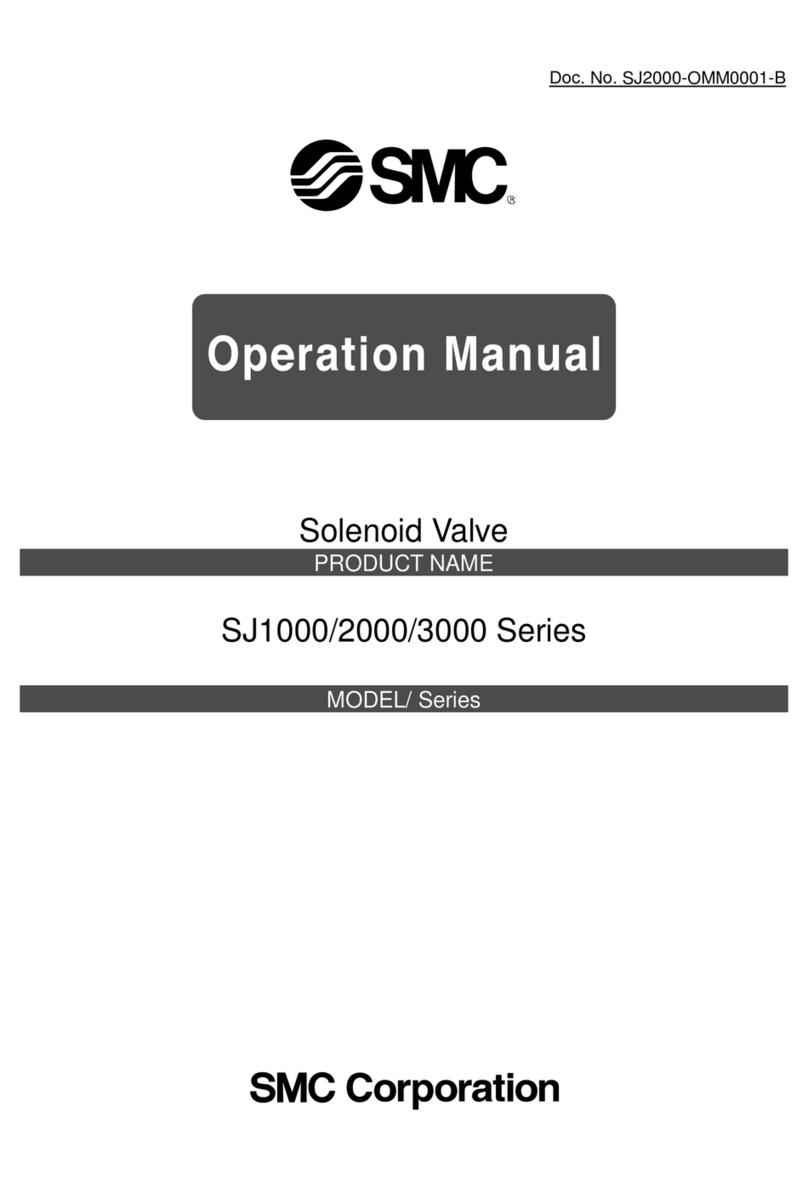
SMC Networks
SMC Networks SJ 1000 Series User manual
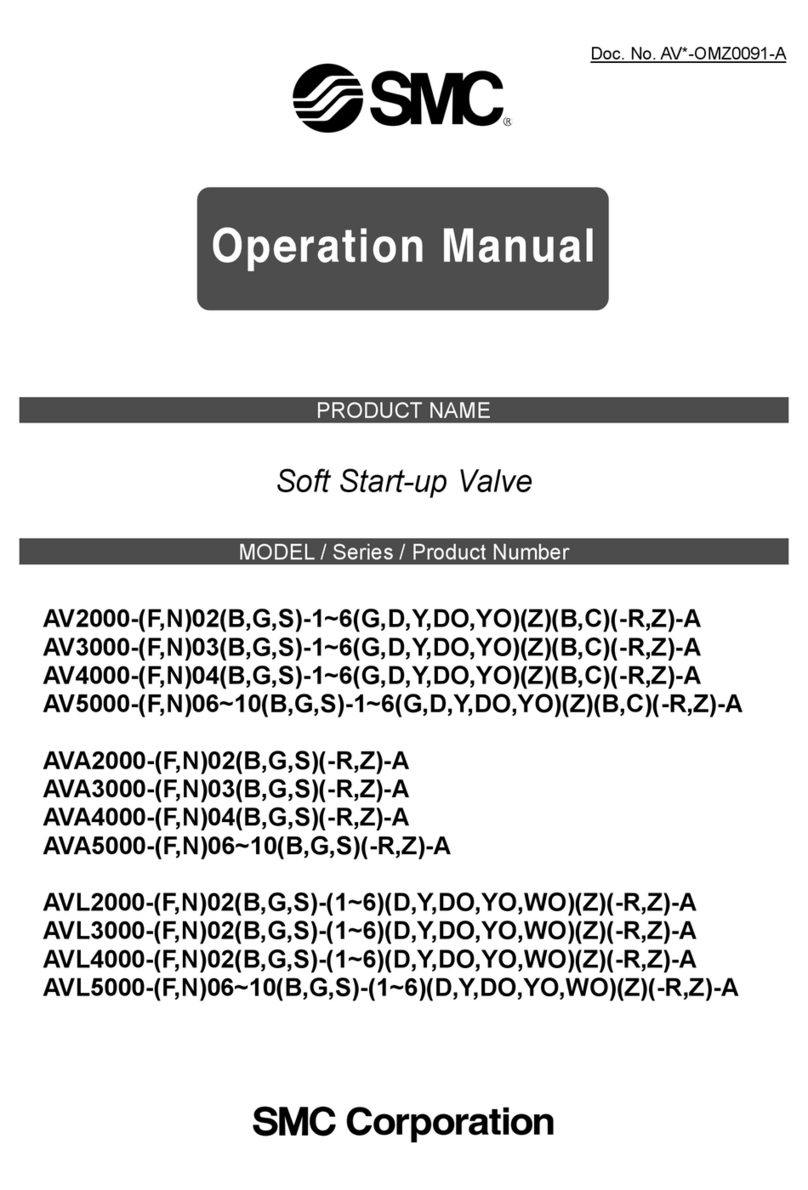
SMC Networks
SMC Networks AVA2000 Series User manual
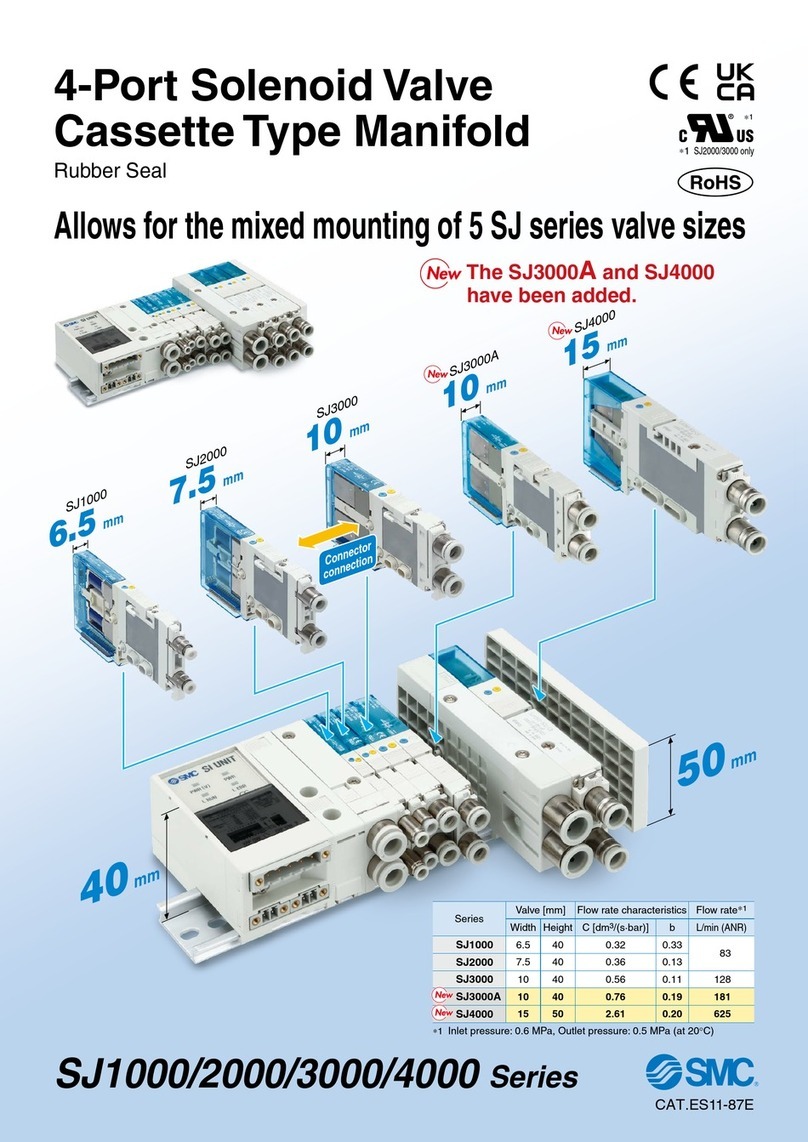
SMC Networks
SMC Networks SJ3000A User manual

SMC Networks
SMC Networks ASP Series User manual
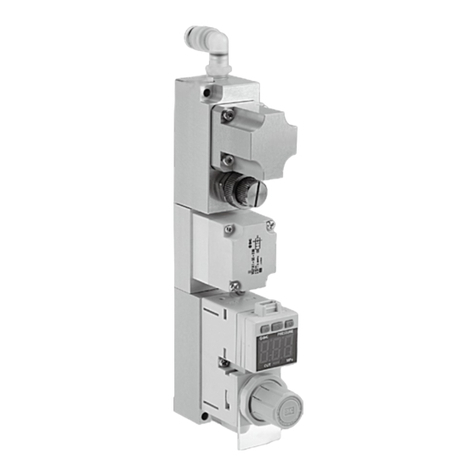
SMC Networks
SMC Networks LLB1 Series User manual

SMC Networks
SMC Networks VP500 Series User manual
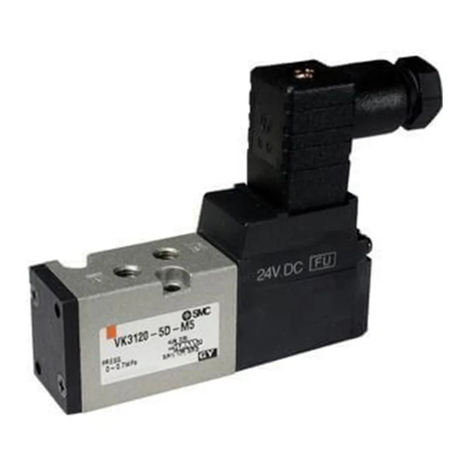
SMC Networks
SMC Networks VK300 series User manual
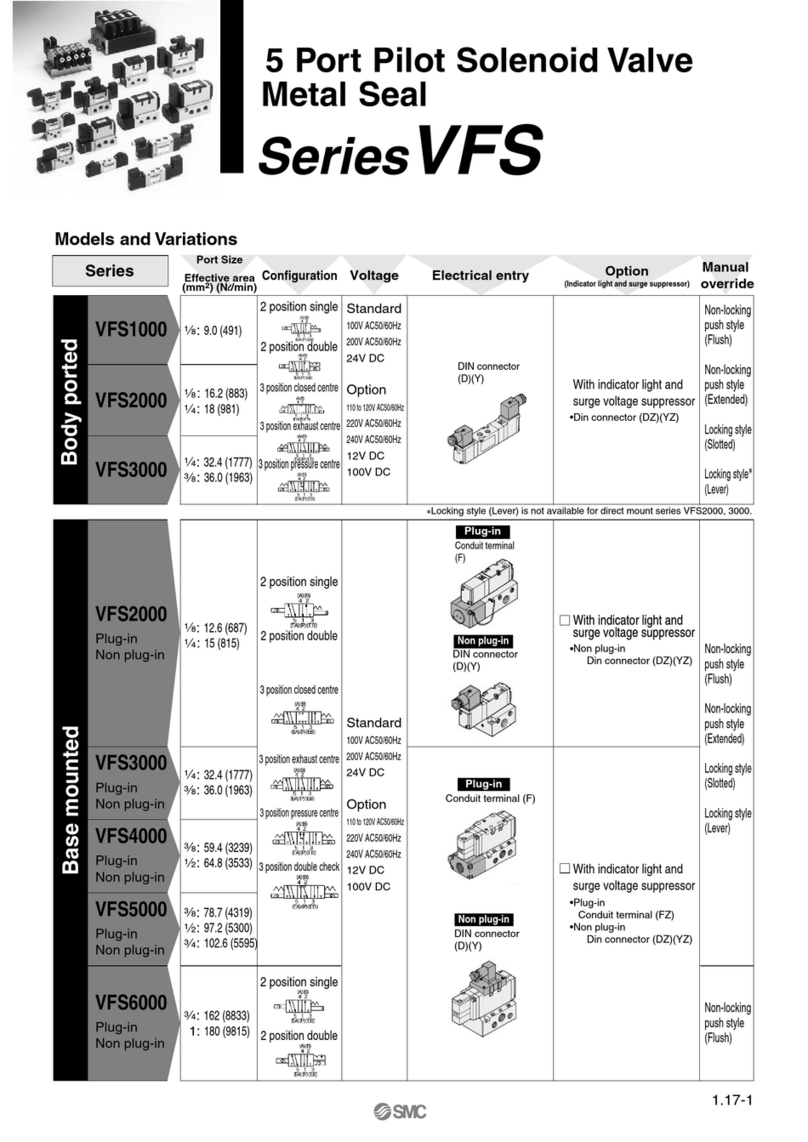
SMC Networks
SMC Networks VFS Series User manual
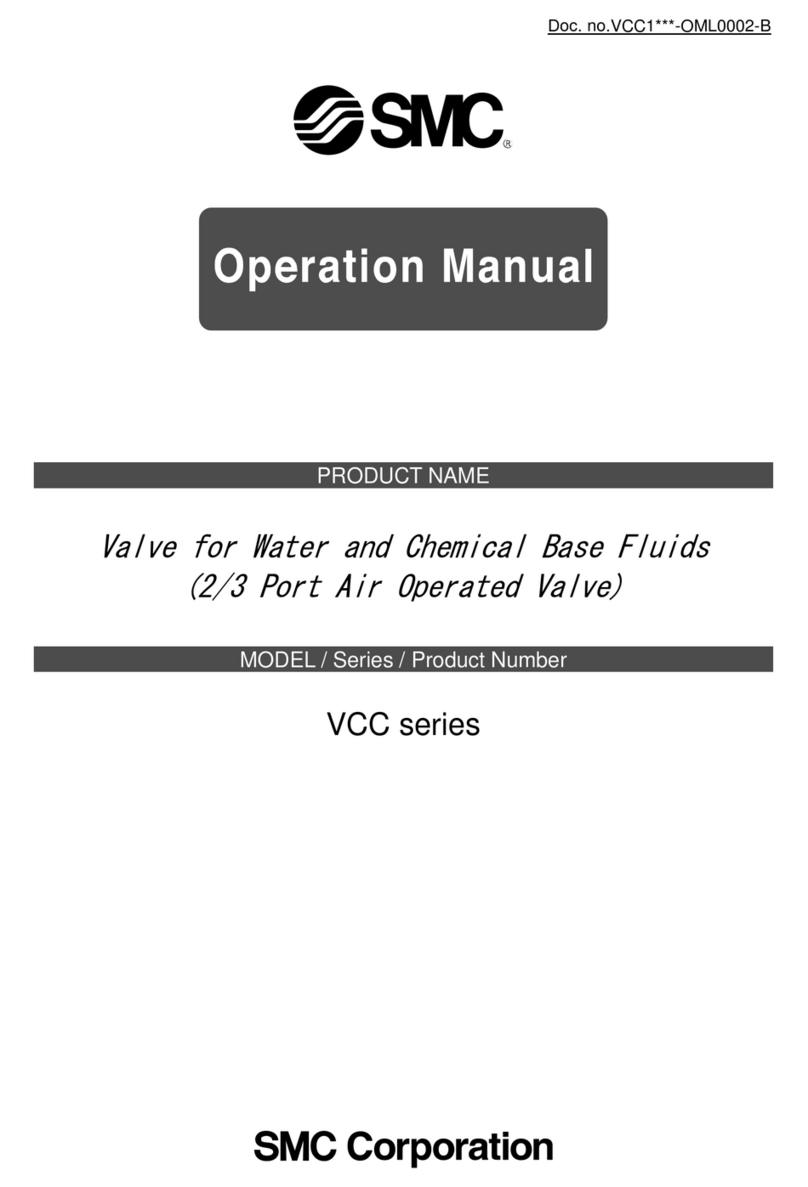
SMC Networks
SMC Networks VCC Series User manual
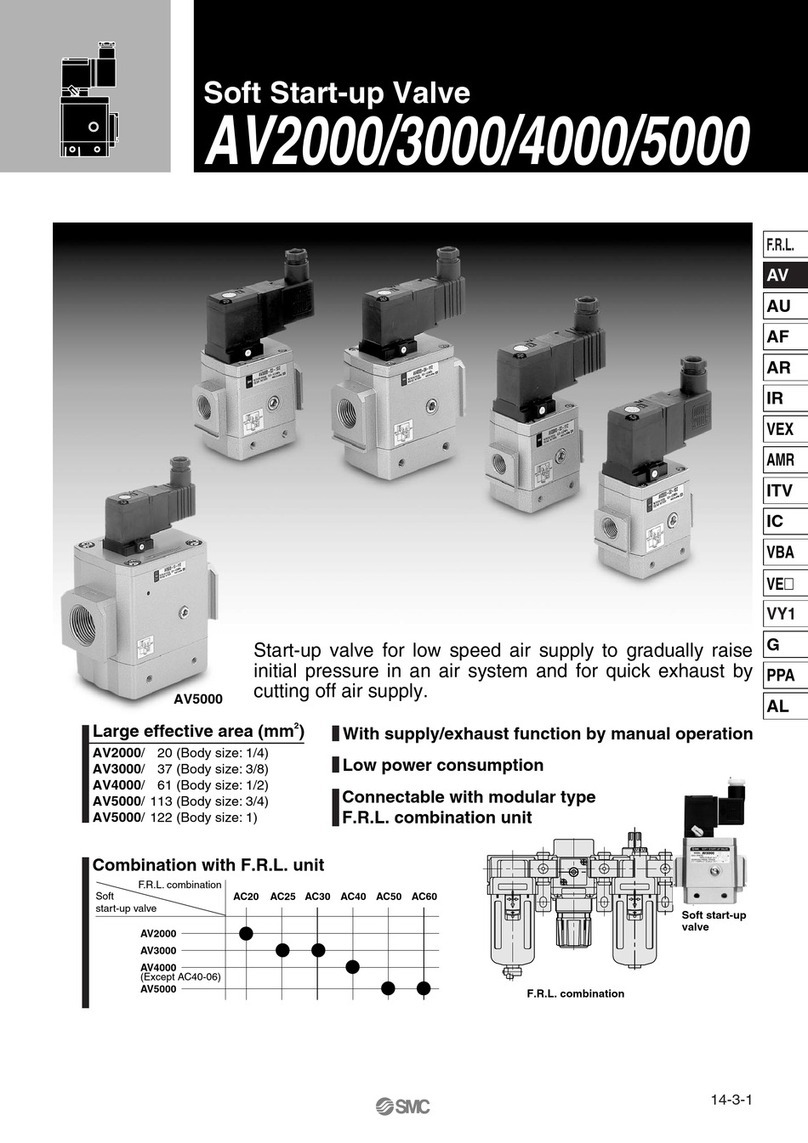
SMC Networks
SMC Networks AV2000 User manual
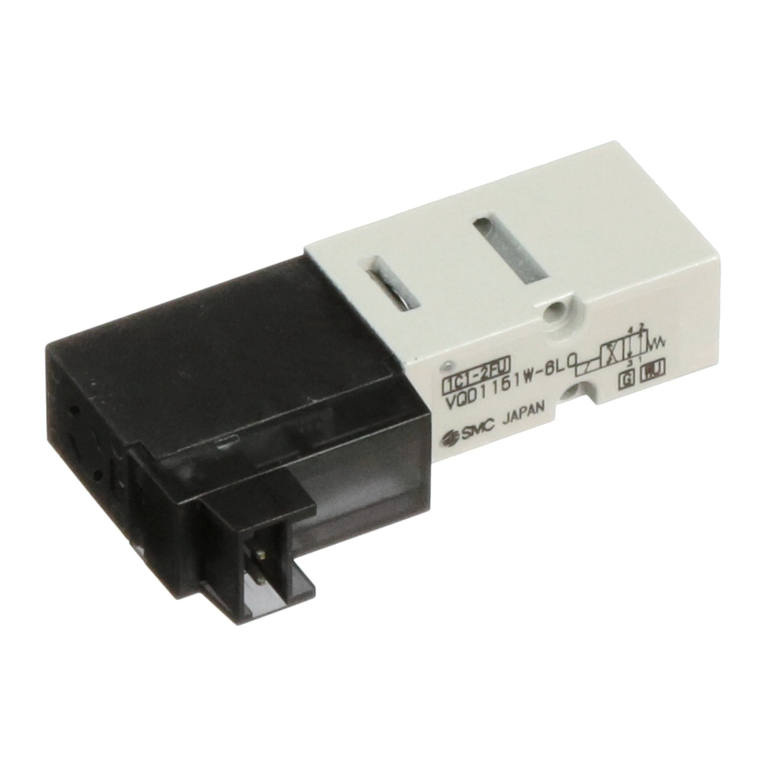
SMC Networks
SMC Networks VQD1000 Series User manual
Popular Control Unit manuals by other brands

Festo
Festo Compact Performance CP-FB6-E Brief description

Elo TouchSystems
Elo TouchSystems DMS-SA19P-EXTME Quick installation guide

JS Automation
JS Automation MPC3034A user manual

JAUDT
JAUDT SW GII 6406 Series Translation of the original operating instructions

Spektrum
Spektrum Air Module System manual

BOC Edwards
BOC Edwards Q Series instruction manual

KHADAS
KHADAS BT Magic quick start

Etherma
Etherma eNEXHO-IL Assembly and operating instructions

PMFoundations
PMFoundations Attenuverter Assembly guide

GEA
GEA VARIVENT Operating instruction

Walther Systemtechnik
Walther Systemtechnik VMS-05 Assembly instructions

Altronix
Altronix LINQ8PD Installation and programming manual
